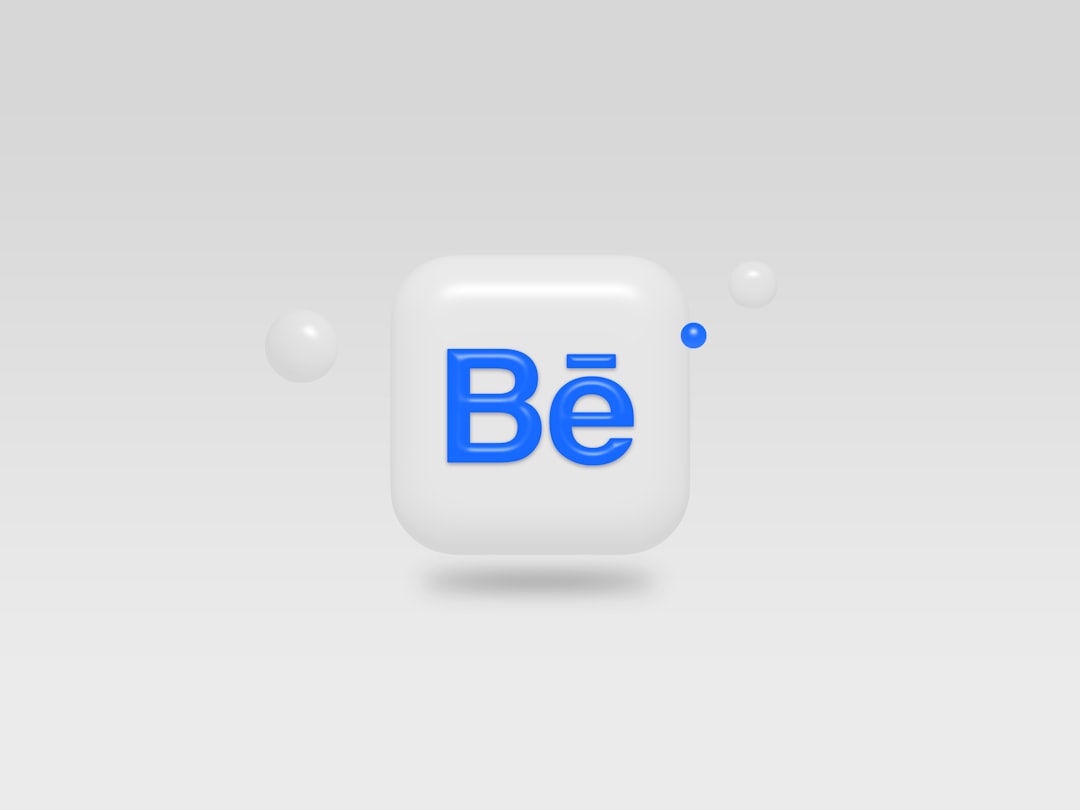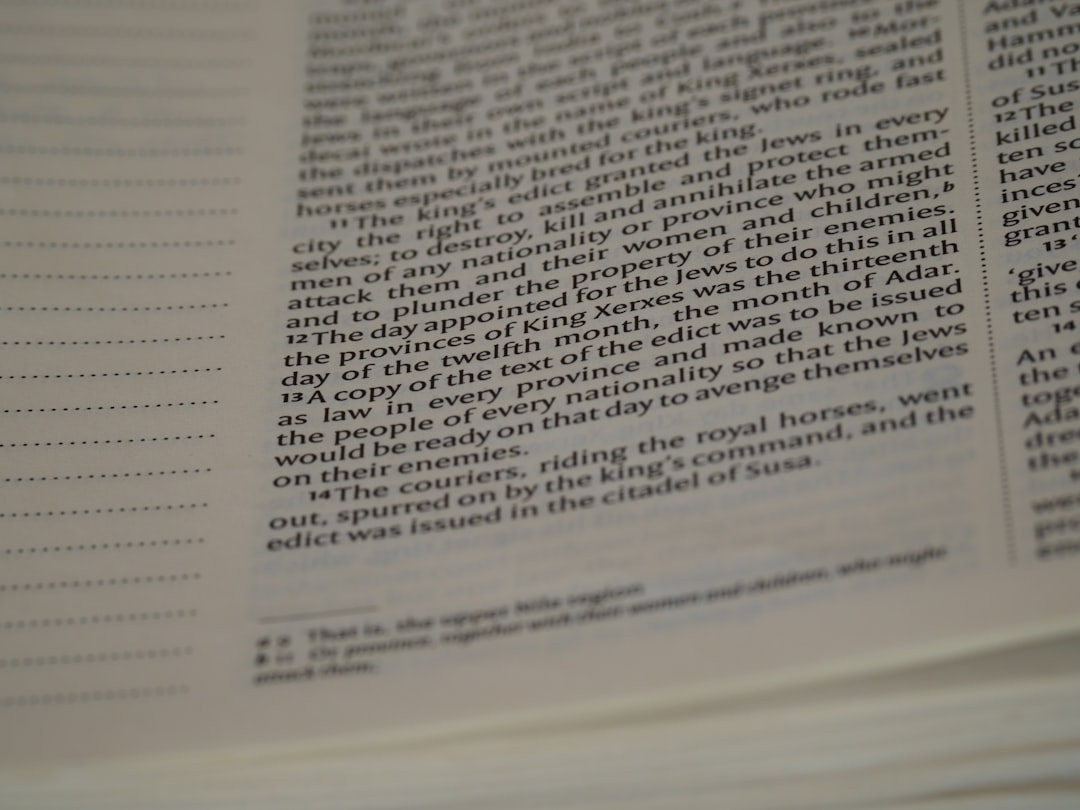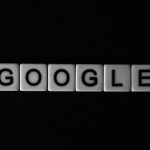When creating a logo for a brand, many designers are tempted to simply pick a font they like, type out the company name, and call it a day. But in 2025, the legal and ethical implications of typeface usage—especially in logo design—have become more prominent than ever. Before you press that download button or finalize your brand mark, it’s essential to understand the rules of typeface licensing as they apply today.
TLDR: Typeface Licensing for Logos in 2025
Not all typefaces are free to use in a logo. In 2025, more type foundries explicitly include or exclude logo usage in their licensing terms. Always verify a font’s EULA (End User License Agreement) before finalizing a logo. When in doubt, contact the foundry or purchase an extended license.
Understanding Typeface vs. Font
Let’s start with some basics, since terminology often causes confusion even among seasoned creatives:
- Typeface: The design of the letters and characters.
- Font: The digital file or physical set of characters that enable the use of that typeface.
It’s important because typefaces as designs are generally not protected by copyright in the United States. However, the font software is protected—meaning you can’t copy or distribute it freely, and its usage is governed by a license.
The Rise of Licensing-Specific Use Cases
Unlike in the past, when licenses were more loosely interpreted, the typography industry in 2025 has adopted strict guidelines. Vendors such as Adobe Fonts, MyFonts, and independent foundries now provide licensing documents that specify whether a font can be used in a logo.
This came in response to historical misuse and new legal precedents. A growing number of foundries now treat logo usage like a unique design application—akin to product packaging or merchandise—and thus charge a separate fee.
Why Logos Are Treated Differently
Logos often become trademarked assets and represent enduring, central components of a brand. If a typeface is embedded as part of a logo, that design will appear prominently, possibly globally, and potentially for decades. Consequently, foundries treat this as a high-visibility, high-value usage of their intellectual property.
Think of it this way: using a typeface in a brochure or web ad is temporary and replaceable; using it in a logo makes it permanent and synonymous with your brand.

What Types of Licenses Might Be Required for Logos?
Here’s a breakdown of common licensing types and what they typically allow in 2025:
- Desktop License: Generally permits use for documents, presentations, and printed materials. May not include logo rights.
- Webfont License: For embedding fonts into websites, not logos.
- App License: For use in mobile or desktop applications.
- Logo License / Extended License: Specifically grants the right to use the typeface in a wordmark or logo, often at an additional cost.
Always read the EULA carefully. If “logo usage” or “wordmark inclusion” is not mentioned, assume you do not have the right to use it in a logo by default.
Open Source Fonts: A Safe Haven?
Fonts under open licenses—like those available through Google Fonts—are often safe for logo use. These usually come with the SIL Open Font License (OFL), which allows modification and commercial use, including in logos.
Examples of such fonts:
- Roboto
- Inter
- Montserrat
- Lato
However, even with open fonts, make sure to review the specific license attached to the font. Some creators may fork an open font and add restrictions.
Challenges from Custom and Premium Fonts
Premium typefaces purchased through marketplaces or directly from foundries require extra diligence. Some complications include:
- License fatigue: Designers often skip reading license agreements entirely.
- Non-transferable licenses: A license acquired by a freelancer may not allow its use in a client’s assets unless properly transferred.
- Brand conflicts: Using a third-party font without proper rights can expose brands to lawsuits or forced rebranding.
How to Safely Use Fonts in Logos
To stay safe and legal when using fonts in logo designs in 2025, follow these best practices:
- Read the EULA: Don’t assume the right is granted—it must be clearly spelled out.
- Contact the foundry: If unsure, ask directly, and save their written response.
- Consider custom licenses: If you love a font, see if the foundry offers a logo-use license.
- Convert to outlines: While this won’t protect you legally without the license, converting fonts to vector shapes ensures independence from font software downstream.
- Keep documentation: Store receipts, emails, and license files alongside client deliverables.

What Happens If You Ignore the License?
While it may be tempting to stretch the rules on a small project, doing so can carry severe consequences. In recent years, well-known brands have had to pay substantial fines or redesign due to improper font use. In 2025:
- Foundries are using advanced tracking tools to identify unlicensed logo uses of their fonts.
- Automated systems are monitoring brand assets on social media, websites, and even merchandising photos.
- Lawyers specializing in type licensing are actively reaching out to violators.
Penalties can include retroactive licensing fees, public takedown notices, and even trademark challenges.
Alternatives: Commissioning Custom Type
One entirely safe path forward is to commission a bespoke typeface or lettering for your logo. This ensures:
- Exclusivity: No one else will have the same look and feel.
- No license limitations: You own the design or have custom contract terms.
- Scalability: Custom design scales better across multi-channel branding.
Although costly upfront, many growing businesses view this as an investment in brand consistency and legal peace of mind.
Final Thoughts
As the design industry matures, typeface licensing continues to evolve with it. In 2025, it’s not just about aesthetics or access—it’s about making legally sound choices that protect both designers and their clients. Before selecting a typeface for your next logo project, take a few extra minutes to ensure the license terms allow your intended use.
When in doubt, license out—or better yet, design your own.



